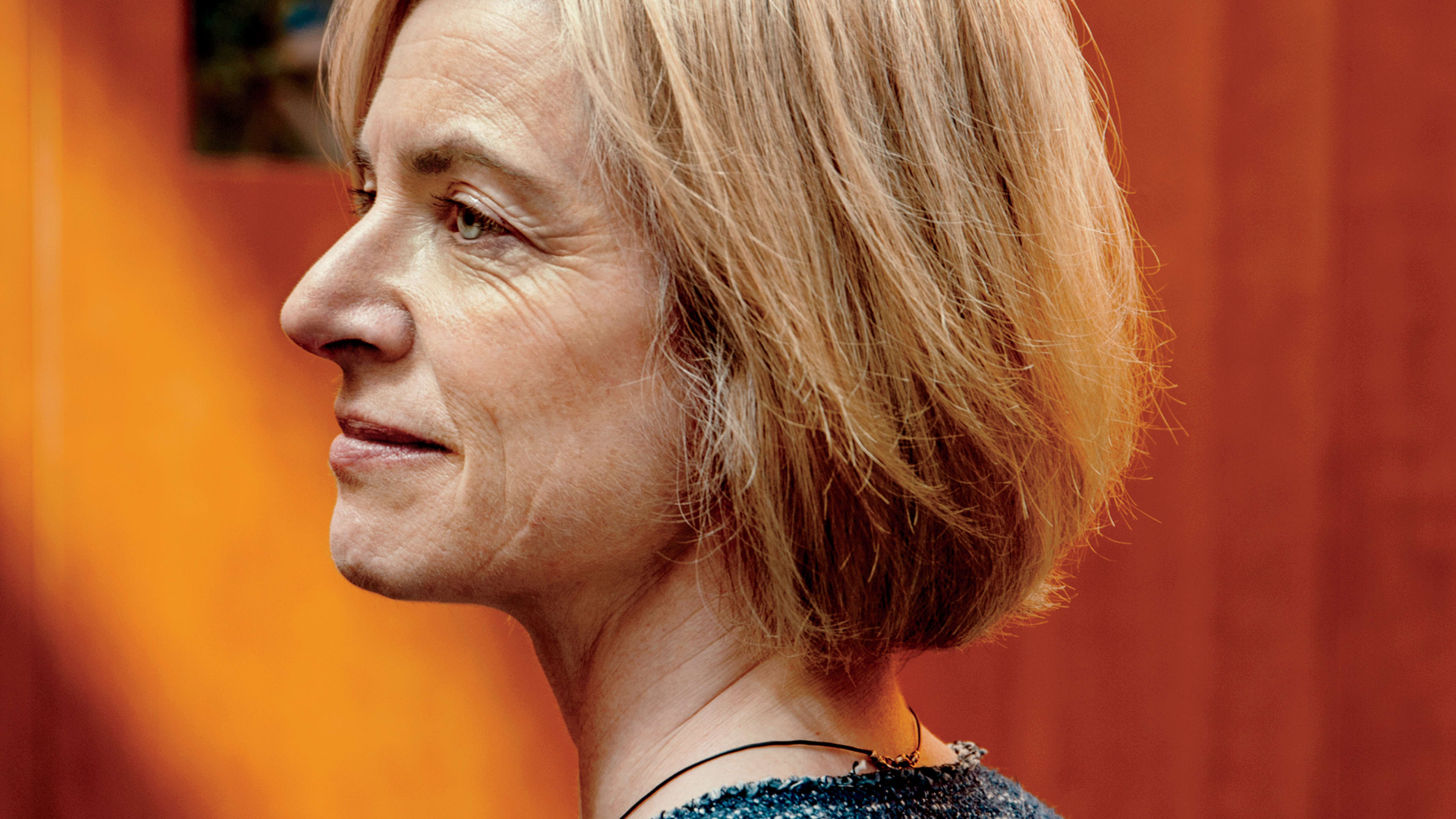Scientists now have a relatively easy and inexpensive way to read, write, and edit the building blocks of life—the genome-editing technique known as CRISPR-Cas9. And while the technology was developed only five years ago, CRISPR’s ability to target—and modify—specific sections of DNA is already supercharging the pace of scientific breakthroughs in medicine and agriculture. It’s even being used to try to bring the woolly mammoth back to life. Investors (including Bill Gates and Sean Parker) and pharmaceutical companies have plowed millions of dollars into CRISPR-driven research; philanthropies have granted millions more to support scientists working on cures for genetic diseases; and in China, at least seven human clinical trials are moving forward. But it all started when a small group of scientists, working in collaboration, stumbled on an organic biological process that had existed for millennia. Among the leaders was molecular biologist Jennifer Doudna, who heads the Doudna Lab at the University of California, Berkeley. She’s the coauthor of a new book tracing CRISPR’s evolution, A Crack in Creation: Gene Editing and the Unthinkable Power to Control Evolution. “[CRISPR] is a great illustration of how technologies are born,” says Doudna. “They often come about in unexpected ways.” And the outcomes can be just as unpredictable, and dangerous—a fact that has prompted her to become a global advocate for the responsible use of CRISPR. In this excerpt, Doudna talks about its transformative power. —Noah Robischon
Tomatoes that can sit in the pantry slowly ripening for months without rotting. Plants that can better weather climate change. Mosquitoes that are unable to transmit malaria. Ultra-muscular dogs that make fearsome partners for police and soldiers. Cows that no longer grow horns.
These organisms might sound far-fetched, but in fact, they already exist, thanks to gene editing. And they’re only the beginning. As I write this, the world around us is being revolutionized by CRISPR, whether we’re ready for it or not. Within the next few years, this new biotechnology will give us higher-yielding crops, healthier livestock, and more nutritious foods. Within a few decades, we might well have genetically engineered pigs that can serve as human organ donors—but we could also have woolly mammoths, winged lizards, and unicorns. No, I am not kidding.
It amazes me to realize that we are on the cusp of a new era in the history of life on earth—an age in which humans exercise an unprecedented level of control over the genetic composition of the species that coinhabit our planet. It won’t be long before CRISPR allows us to bend nature to our will in the way that humans have dreamed of since prehistory. When that will is directed toward something constructive, the results could be fantastic—but they might also have unintentional or even calamitous consequences.
Recognize your brand’s excellence by applying to this year’s Brands That Matter Awards before the early-rate deadline, May 3.
